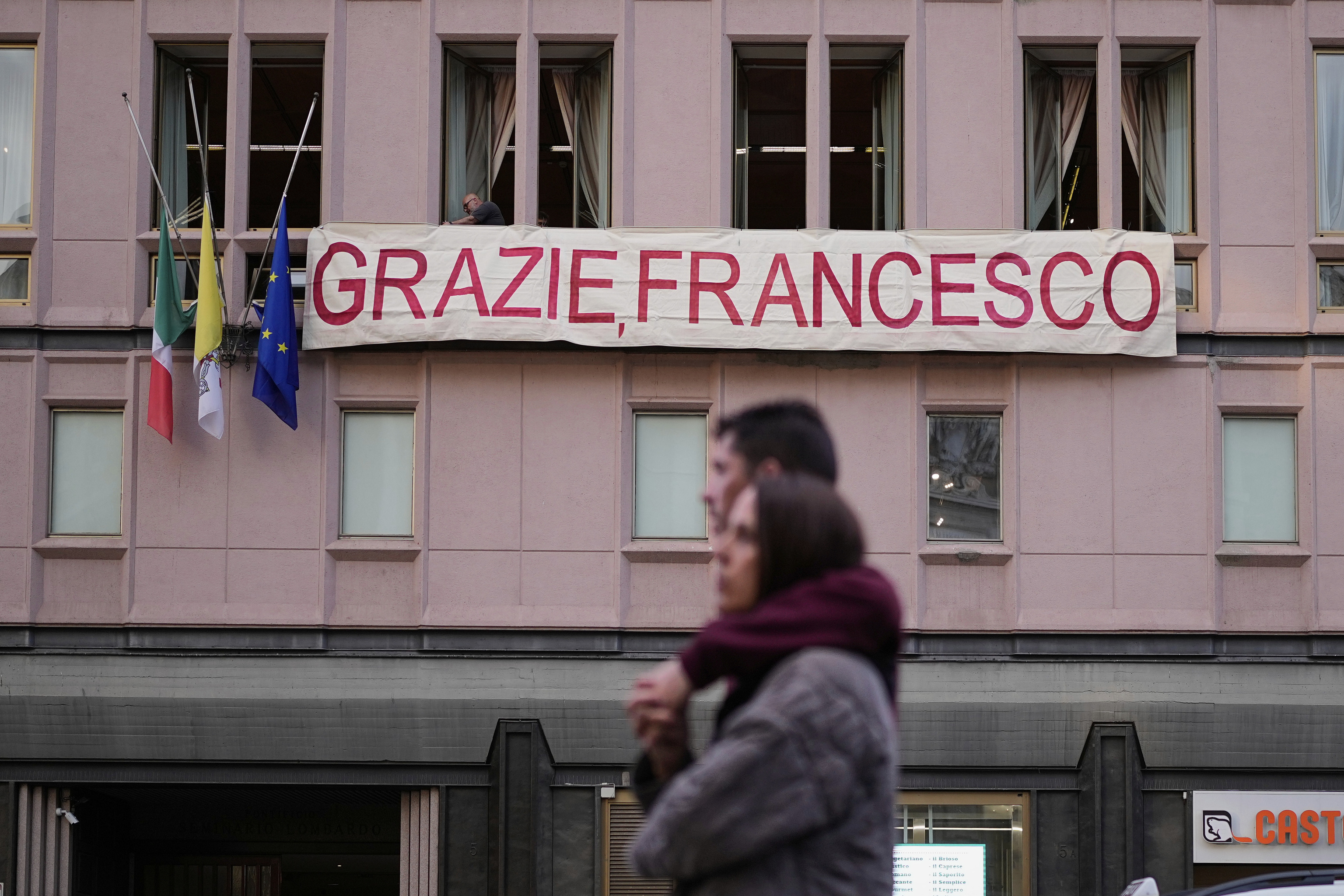The anti-drone bazooka is the star of the security operation that is currently fortifying the Vatican City following the death of Pope Francis. This electromagnetic warfare weapon carried by Air Defense Artillery personnel to detect and neutralize drones, both in the air and on the ground, is attracting the attention of the faithful, tourists, and journalists gathered in St. Peter's Square these days.
Italian authorities face a monumental logistical and security challenge: the death of a Pope and all that it entails. In addition to the tens of thousands of people gathered in the world's smallest country these days, Francis' funeral will bring together about 170 international delegations on Saturday, with 50 heads of state or government and 10 monarchs.
Among the leaders will be Donald Trump, for whom a 'green zone' has been designated in the Villa Borghese neighborhood where the U.S. president will stay. In this area, traffic will be restricted, and public demonstrations and the transport of goods classified as dangerous (weapons, explosives, fuels, etc.) will be prohibited.
In addition to the American president, Rome will welcome the president of Argentina, Javier Milei; the president of Brazil, Luiz Inacio Lula da Silva, the president of France, Emmanuel Macron, and the president of Ukraine, Volodymyr Zelensky. Also in attendance will be the president of the European Commission, Ursula von der Leyen; and the kings Felipe VI and Letizia.
St. Peter's Square will be protected by more than 2,000 law enforcement officers until the white smoke announces the election of a new Pope after the conclave that will begin on May 5. Access to the Vatican City has been increasingly restricted in recent days.
So far, security coordination has been led by the head of the Civil Protection Department, Fabio Ciciliano, who also oversaw the funeral of John Paul II in 2005. However, the Ministry of the Interior will come into play on Saturday, according to operatives. The ceremony will be protected by snipers, canine squads, bomb detection and deactivation teams, Eurofighter combat aircraft, and a modern destroyer as part of the maritime protection device in waters near Fiumicino Airport.
Driving around the city in the coming days will be challenging. Over 400 traffic officers will control access to St. Peter's and the passage of foreign delegations, all protected by escorts and special forces.
Three thousand volunteers from all over Italy
The Civil Protection system designed by Ciciliano also includes "3,000 volunteers, 55 medical teams, 11 advanced medical posts, a reinforced ambulance service with 52 additional vehicles, several thousand law enforcement officers, in addition to the firefighters".
Among these 3,000 individuals who have set aside their daily tasks to collaborate in the organization are Giacomo and Davide, aged 23 and 26. They are part of the 50 Scouts who have come from all over the country with their orange scarves around their necks "to assist people with whatever they need: finding their place in line, helping the elderly, giving them water...".
All volunteers must have first aid training that is renewed every six months, an essential requirement. "We are here to help and to experience this historic moment," say Fabio, a 24-year-old student, and Michaela, a 56-year-old homemaker, from St. Peter's. They belong to Misericorde, which has brought about 140 volunteers to Rome. "We are a Catholic foundation, so it made sense to come," they explain.
On the left side of the square is also the psychological support center coordinated by Luigina, which provided about 15 assistance sessions on Wednesday. "Most were anxiety attacks due to the heat, fatigue, and the stress of waiting in line," she informs this newspaper. Additionally, in the coming days, linguistic and cultural mediators will be added to facilitate medical assistance to visitors of all nationalities circulating in the square.
